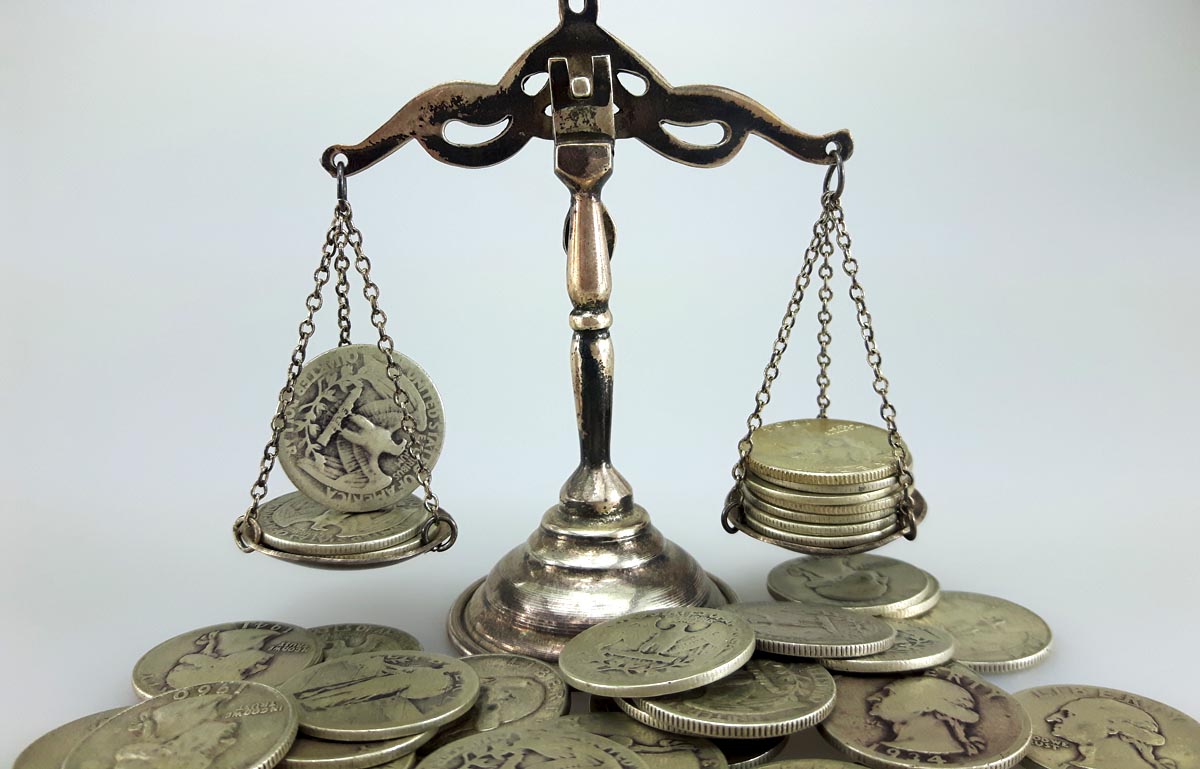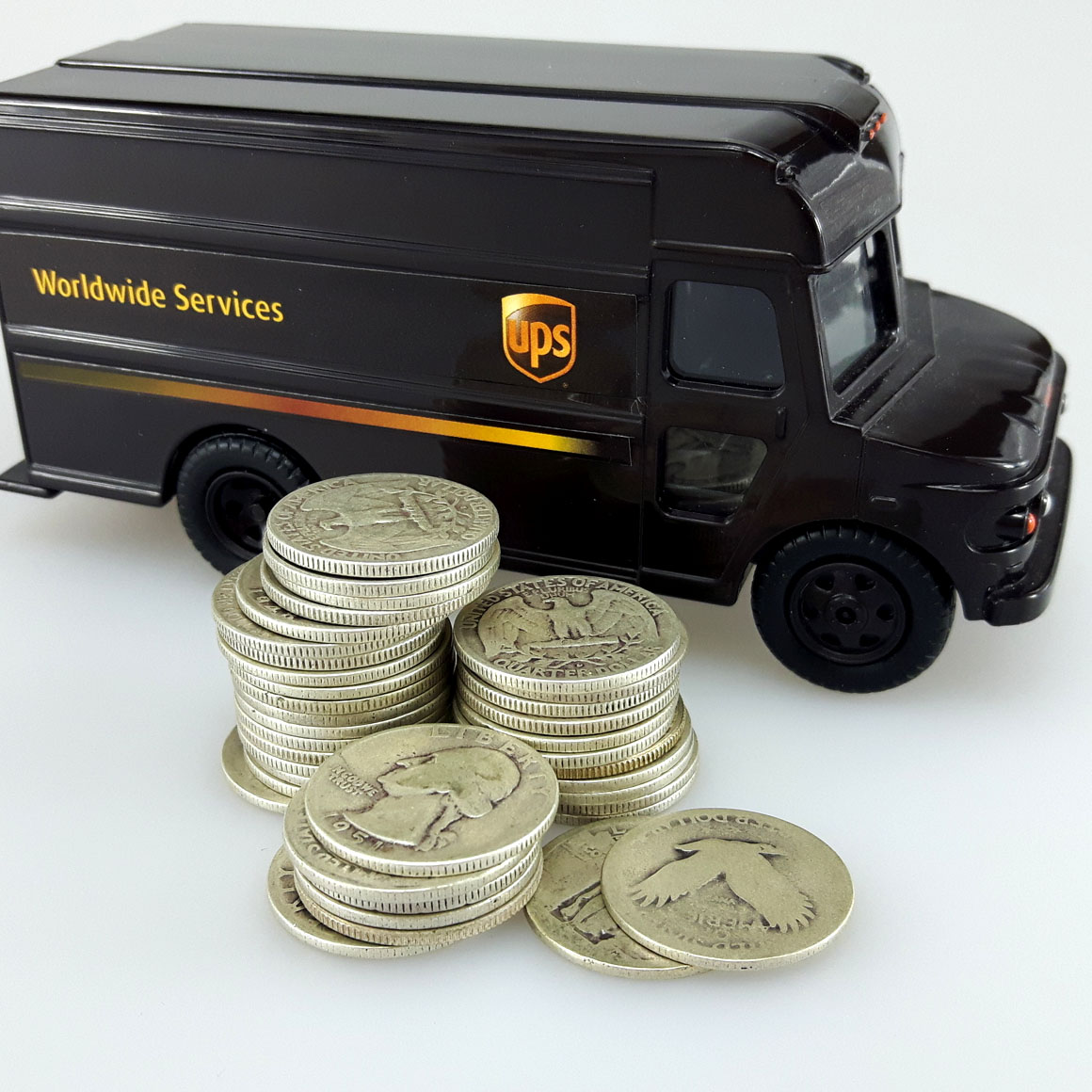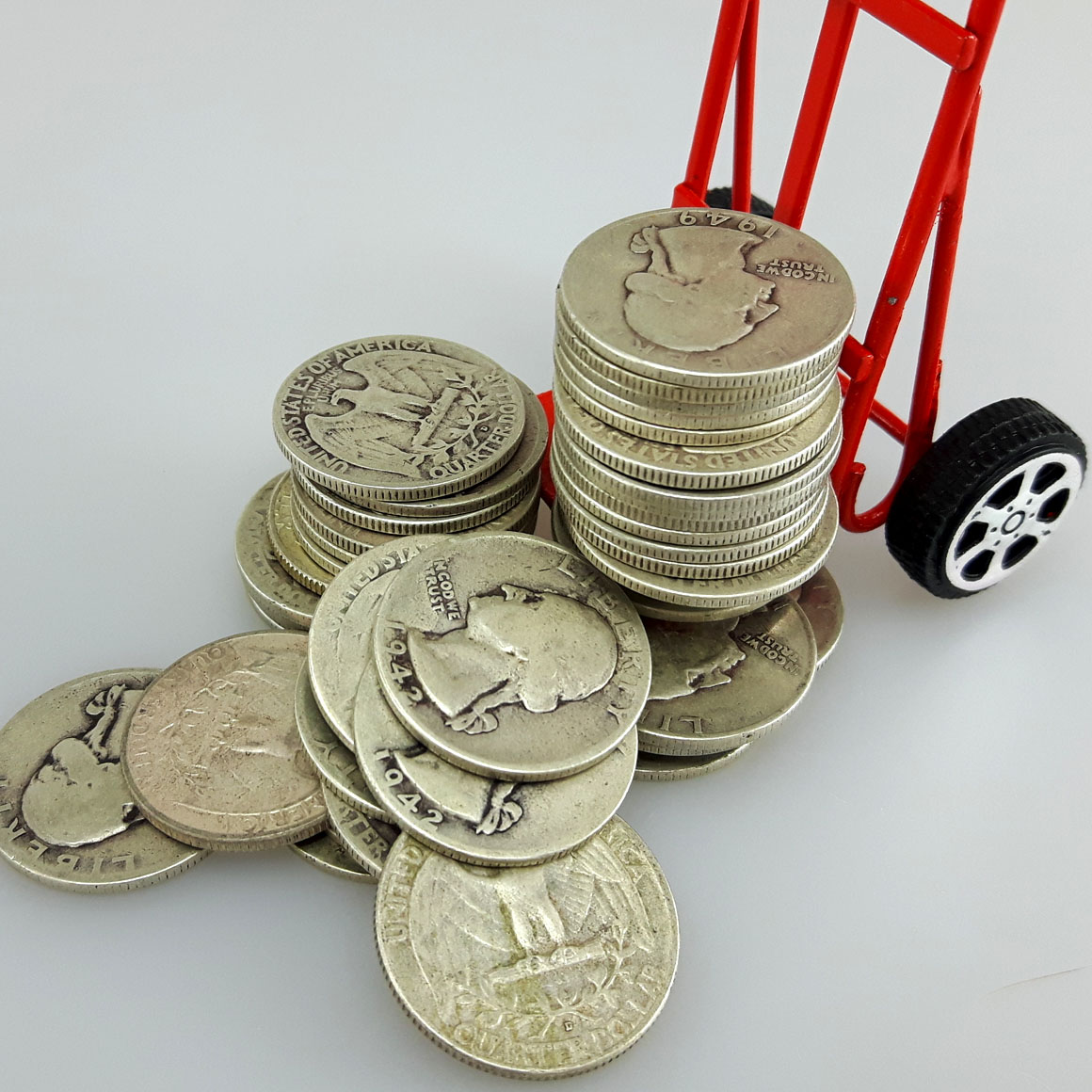US Silver Quarters
Minted since 1796, silver quarters are a piece of American history. Every American knows and owns them. But do you know the fascinating story behind this nice coins?
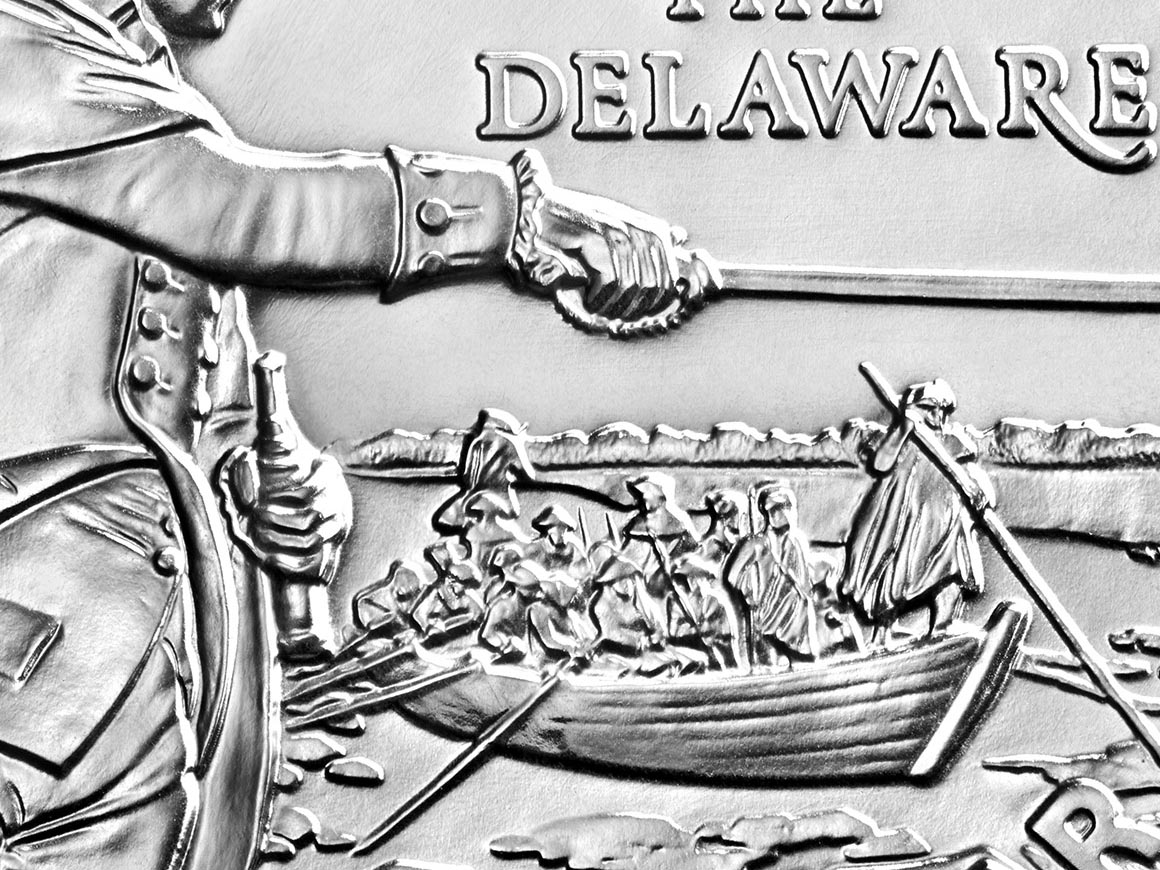
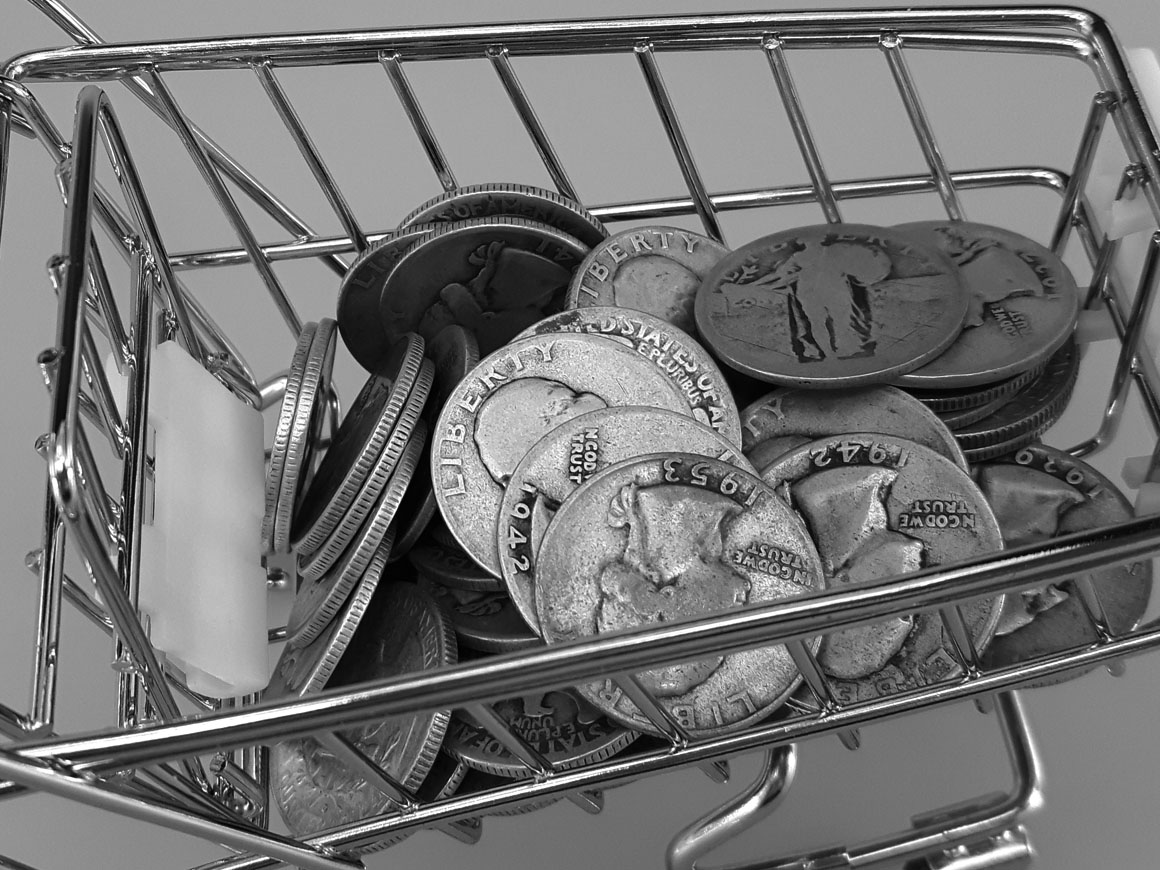
The Beauty Of Quarter Coins
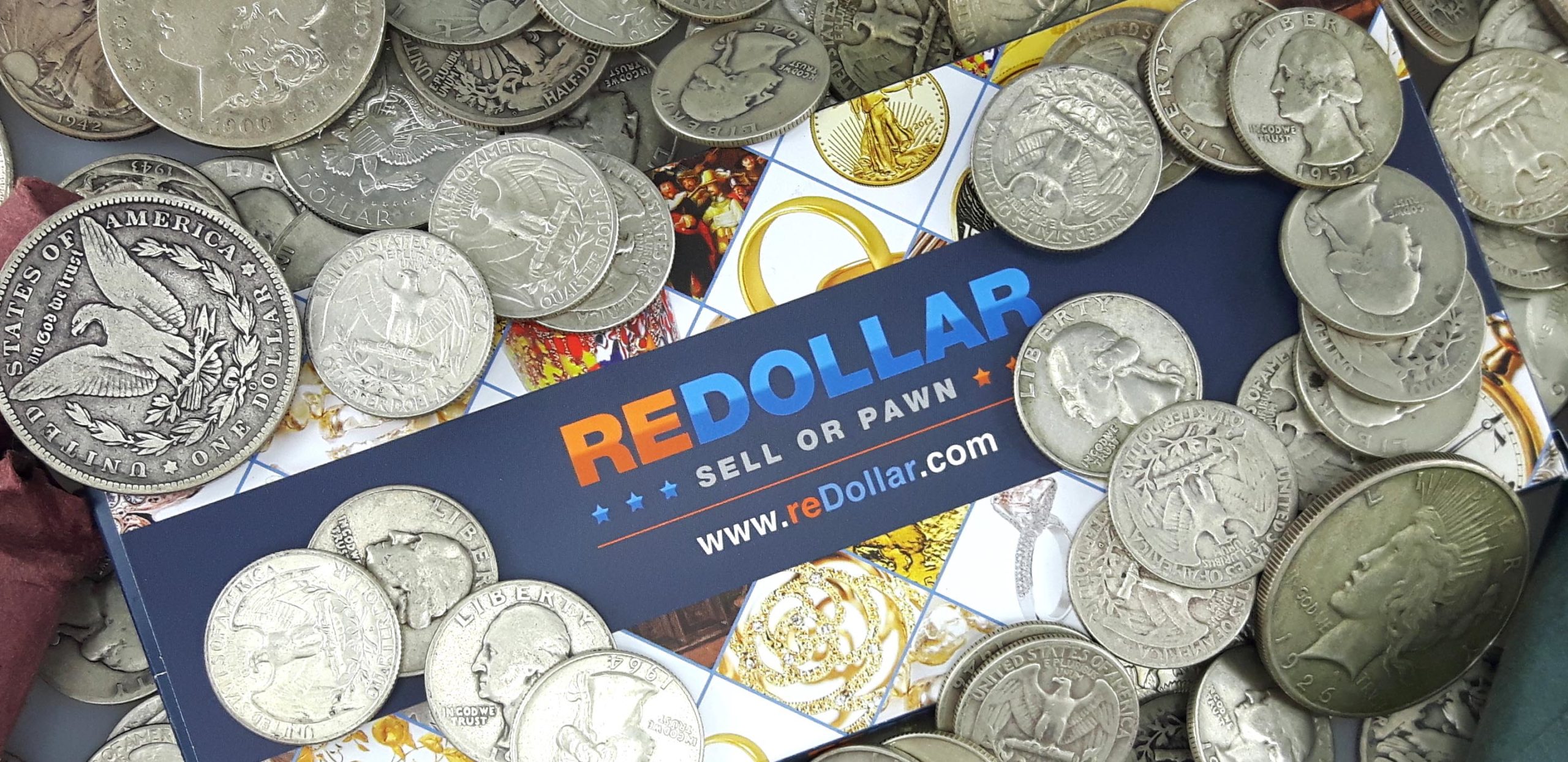
A quarter dollar is a US coin with a face value of 25 cents. The coin’s history dates back to 1796 when it had its minting debut.
George Washington can be called the “coin father” as he is being displayed on quarter coins throughout since 1796. The first quarter coins were called “Wright Quarters” and were minted 1792. Between 1796 and 1807, quarter coins called “Draped Bust Quarters” were minted.
Capped Bust Quarters and Liberty Cap Quarters, are quarter coins minted from 1815 to 1883. After that, the Liberty Seated Quarters – displaying a seated Liberty – was minted between 1838 and 1891. After that, Barber Dollars came up. Minted from 1892 to 1916 and named after Charles Barber, those coins are fairly well known; even under non-collecting folks. From 1916 to 1930, Standing Liberty Quarter coins replaced the Barber quarters.
Since, 1932 George Washington was and is always being displayed on the obverse of the quarter coins.
A Big Change in 1965
In 1965, silver was replaced with copper due to an increase in the silver price. The US could not longer afford to mint coins made of silver.
Origination
The Washington silver coin, designed by sculptor John Flanagan, made its monumental debut in 1932. This historical coin was created in celebration of the 1932 bicentennial of the birth of the first United States president, George Washington. The bicentennial committee (established by congress) had originally planned to displace the Walking Liberty half dollar with a Washington half dollar for only one year. Congress instead made the decision to permanently replace the Standing Liberty quarter with what we know today to be the Washington quarter dollar.
Mint
The Washington silver quarter was minted from 1932-1964 excluding the year 1933.
1933 Washington quarters were not minted due to the oversupply of quarters minted the year prior. A total of 6,248,800 Quarters were minted in 1932. 5,404,000 of these quarters were minted in Philadelphia and are referred to as series P. 436,800 were minted in Denver and are referred to as series D. The remaining 408,000 quarters were minted in San Francisco and are referred to as series S. During the 31 years that the Washington silver quarters were being minted, a total of over 1.6 billion quarters were made, making these coins easy to find for those that may like to start collecting. After 1964 the Silver quarters were no longer produced with its original composition of %90 silver and %10 copper. The US mint then started the composition of quarters made of %75 copper and %25 nickel.
Design
With a general Design in mind, the Bicentennial committee announced that the Washington Silver Quarter design would be created through a sculpting competition. The only rule of the competition was that the quarter design must include a depiction of Washington that would be modeled after “the bust”, a sculpture made from a life mask of Washington by French sculptor Jean Antoine Houdon in 1785.There were a total of 98 competitors and 100 entries. The committee agreed that one entry in particular had far overshot the rest and approached Sculptor Laura Gardin Fraser (wife of James Earle Fraser, the sculptor of the buffalo nickel) to create the commemorative medal. Although the commission of fine arts did in fact support Laura’s design, Treasury Secretary Andrew W. Mellon Chose The design that was sculpted by John Flanagan. The Commission of Fine arts did not agree with this decision but Treasury Secretary Andrew W. Mellon was the person that the ultimate decision would in fact fall upon. Flanagan’s design incorporates a spread-winged heraldic eagle with the words UNITED STATES OF AMERICA and E PLURIBUS UNUM above and QUARTER DOLLAR and a wreath below.
Value
The Washington silver dollar has a wide range of values depending on mint year and condition.
Quarters minted from 1932-1964 have higher dollar value considering the fact that they were composed mainly of silver. There are other factors that decide the coins value as well such as, the minting location, how many coins were minted that specific year, and whether or not the coin was circulated or saved as a collectible. For example, an uncirculated 1932 quarter that was minted in Philadelphia has an estimated value of $15 while an uncirculated 1932 quarter minted in Denver or San Francisco has an estimated value of $300-$400 since there were significantly fewer quarters created at those US mint locations. Those specific, older quarters are worth more but most quarters that were minted before 1965 are worth around $7 if uncirculated. Learn more about the value of silver coins and read my article “where to sell silver coins” if you consider selling some coins.
Interested In Latest Silver Quarter News?
Join my “SilverQuarter.Net Newsletter” and I’ll surprise you frequently with exciting news and facts about my favorite coin.


The Beauty Of Quarter Coins

A quarter dollar is a US coin with a face value of 25 cents. The coin’s history dates back to 1796 when it had its minting debut.
George Washington can be called the “coin father” as he is being displayed on quarter coins throughout since 1796. The first quarter coins were called “Wright Quarters” and were minted 1792. Between 1796 and 1807, quarter coins called “Draped Bust Quarters” were minted.
Capped Bust Quarters and Liberty Cap Quarters, are quarter coins minted from 1815 to 1883. After that, the Liberty Seated Quarters – displaying a seated Liberty – was minted between 1838 and 1891. After that, Barber Dollars came up. Minted from 1892 to 1916 and named after Charles Barber, those coins are fairly well known; even under non-collecting folks. From 1916 to 1930, Standing Liberty Quarter coins replaced the Barber quarters.
Since, 1932 George Washington was and is always being displayed on the obverse of the quarter coins.
A Big Change in 1965
In 1965, silver was replaced with copper due to an increase in the silver price. The US could not longer afford to mint coins made of silver.
Origination
The Washington silver coin, designed by sculptor John Flanagan, made its monumental debut in 1932. This historical coin was created in celebration of the 1932 bicentennial of the birth of the first United States president, George Washington. The bicentennial committee (established by congress) had originally planned to displace the Walking Liberty half dollar with a Washington half dollar for only one year. Congress instead made the decision to permanently replace the Standing Liberty quarter with what we know today to be the Washington quarter dollar.
Mint
The Washington silver quarter was minted from 1932-1964 excluding the year 1933.
1933 Washington quarters were not minted due to the oversupply of quarters minted the year prior. A total of 6,248,800 Quarters were minted in 1932. 5,404,000 of these quarters were minted in Philadelphia and are referred to as series P. 436,800 were minted in Denver and are referred to as series D. The remaining 408,000 quarters were minted in San Francisco and are referred to as series S. During the 31 years that the Washington silver quarters were being minted, a total of over 1.6 billion quarters were made, making these coins easy to find for those that may like to start collecting. After 1964 the Silver quarters were no longer produced with its original composition of %90 silver and %10 copper. The US mint then started the composition of quarters made of %75 copper and %25 nickel.
Design
With a general Design in mind, the Bicentennial committee announced that the Washington Silver Quarter design would be created through a sculpting competition. The only rule of the competition was that the quarter design must include a depiction of Washington that would be modeled after “the bust”, a sculpture made from a life mask of Washington by French sculptor Jean Antoine Houdon in 1785.There were a total of 98 competitors and 100 entries. The committee agreed that one entry in particular had far overshot the rest and approached Sculptor Laura Gardin Fraser (wife of James Earle Fraser, the sculptor of the buffalo nickel) to create the commemorative medal. Although the commission of fine arts did in fact support Laura’s design, Treasury Secretary Andrew W. Mellon Chose The design that was sculpted by John Flanagan. The Commission of Fine arts did not agree with this decision but Treasury Secretary Andrew W. Mellon was the person that the ultimate decision would in fact fall upon. Flanagan’s design incorporates a spread-winged heraldic eagle with the words UNITED STATES OF AMERICA and E PLURIBUS UNUM above and QUARTER DOLLAR and a wreath below.
Value
The Washington silver dollar has a wide range of values depending on mint year and condition.
Quarters minted from 1932-1964 have higher dollar value considering the fact that they were composed mainly of silver. There are other factors that decide the coins value as well such as, the minting location, how many coins were minted that specific year, and whether or not the coin was circulated or saved as a collectible. For example, an uncirculated 1932 quarter that was minted in Philadelphia has an estimated value of $15 while an uncirculated 1932 quarter minted in Denver or San Francisco has an estimated value of $300-$400 since there were significantly fewer quarters created at those US mint locations. Those specific, older quarters are worth more but most quarters that were minted before 1965 are worth around $7 if uncirculated. Learn more about the value of silver coins and read my article “where to sell silver coins” if you consider selling some coins.
Interested In Latest Silver Quarter News?
Join my “SilverQuarter.Net Newsletter” and I’ll surprise you frequently with exciting news and facts about my favorite coin.
